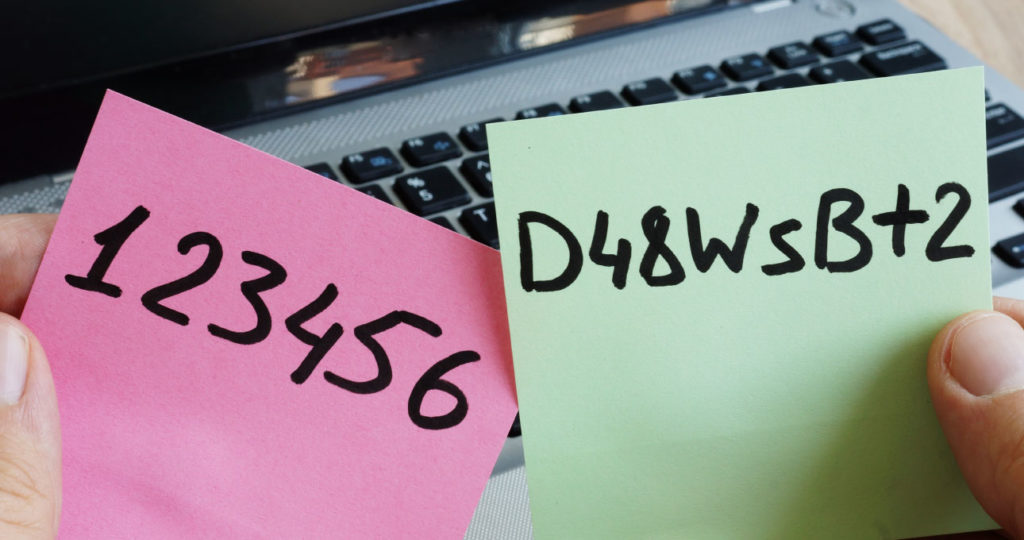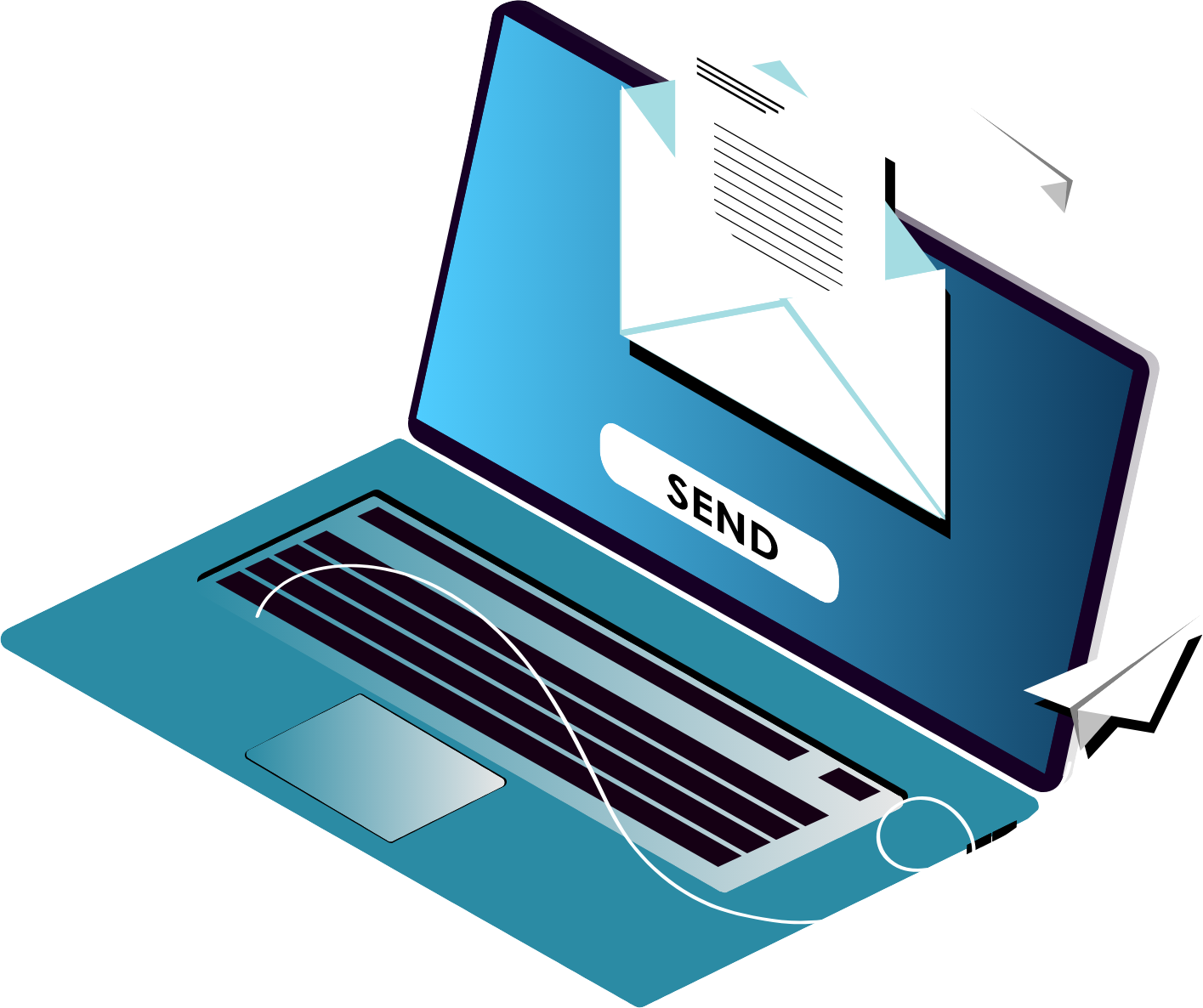Enter your details below to stay up-to-date with the latest IT solutions and security measures.
Cyber attacks are on the rise, and they are getting more and more sophisticated. Identify your cyber security risks now before it’s too late.
With the high-profile cyber attacks of 2021 where local organisations such as NZPost and Kiwibank became the target of malicious DDos attacks, concern about cyber security has reached an all-time high, and it doesn’t seem to be slowing down any time soon.
The latest Annual National Cyber Security Centre Threat Report shows that cyber threats are on the rise with a startling 27% increase in cyber crime in 2021 compared to the previous year.
In such a climate, protecting your business against cybercrime has become more important than ever, and many NZ businesses are choosing to hire cyber security companies like NSP, to develop and implement a security strategy. But, before you delve into that, let’s first find out what the most common cyber security risks for businesses are and how to protect yourself from them.
Breach of Privacy
What is a Breach of Privacy in NZ?
A privacy breach occurs when sensitive personal information is exposed to unauthorised individuals or a domain.
Data breaches are mostly caused by accidental information leaks by someone within the organisation itself but that doesn’t mean that there isn’t always a malicious intent behind them.
For example, in early 2021 the Reserve Bank in New Zealand became the target of a malicious data breach of third-party file-sharing software. After the attack, RBNZ reported that the response to the breach would cost the organisation a staggering $3.5 million.
How to avoid a privacy breach
Accidental or intentional privacy breaches can cause significant damage to your business. So here’s how to protect against them.
1. Limit access to sensitive data
There are many options to limiting personal information within the company, one of the most used methods is to assign different user roles so that employees only have access to internal systems that are specifically assigned to them.
2. Train and educate employees
88% of data breaches occur due to human errors often made by employees.
To prevent this, train and educate your employees on best practices of data security such as: using strong passwords, informing them of how to identify and respond to phishing emails; and setting up hierarchies and protocols to determine who is responsible and when and how they should act.
Network Service Providers has educational videos and ebooks available that you can use to inform your employees about IT security. Visit our resources page to watch or download valuable content for free.
3. Optimise general security
Improve your general IT security by implementing the below;
- Routine updates
- VPN’s
- Firewalls
- Better cyber security architecture
- Traffic restriction and monitoring
4. Conduct a security audit
Re-evaluate your current data strategy and identify where you can improve. A cyber security audit is something that needs to be done continuously so, many businesses tend to outsource this to security experts like NSP.
Malware
What is malware and how does it affect businesses?
Malware is malicious software that has the sole objective of harming or damaging a computer system. The most well-known types of malware are ransomware and viruses.
There have been quite a few ransomware attacks in New Zealand lately, with the attack on the Waikato District Health Board being one of the most high profile cases the country has seen so far.
How to prevent a malware attack
Here’s how to prevent malware from taking over your systems.
- Installing anti-malware, anti-virus and anti-ransomware software.
- Performing regular to software and systems.
- Implementing encryption software.
- Securing your network with the help of a security specialist.
Denial of Service – DoS Attacks
Difference between Dos and DDos attacks
DoS stands for Denial of Service where a website or network is attacked and becomes unavailable to use. DDoS stands for Distributed Denial of Service and is much worse than DoS as multiple computers target and attack a single resource.
The goal of the malware in both cases is to overload the targeted website or server with fake requests. Since there are limits to how many requests a server or website can handle at a time, they get overwhelmed by the malware attack and block out genuine requests. As a result, the website slows down or doesn’t load at all; payments cannot be processed and the internet connection fails.
How to prevent Dos and DDos attacks
- Set up a DoS response plan
- Optimise network security
- Implement cloud-based protection
- Identify risks with a penetration test
- Limit network broadcasting
Secure your valuable assets with Network Service Providers
NSP’s CyberHawk™ helps identify cyber security risks, create a roadmap to close the gaps, and implement the right solution for your business.
Get in touch with us and book a 60-minute complimentary consultation with a security specialist to discuss your current security concerns and find out the best ways to get the most of your current security investments.













